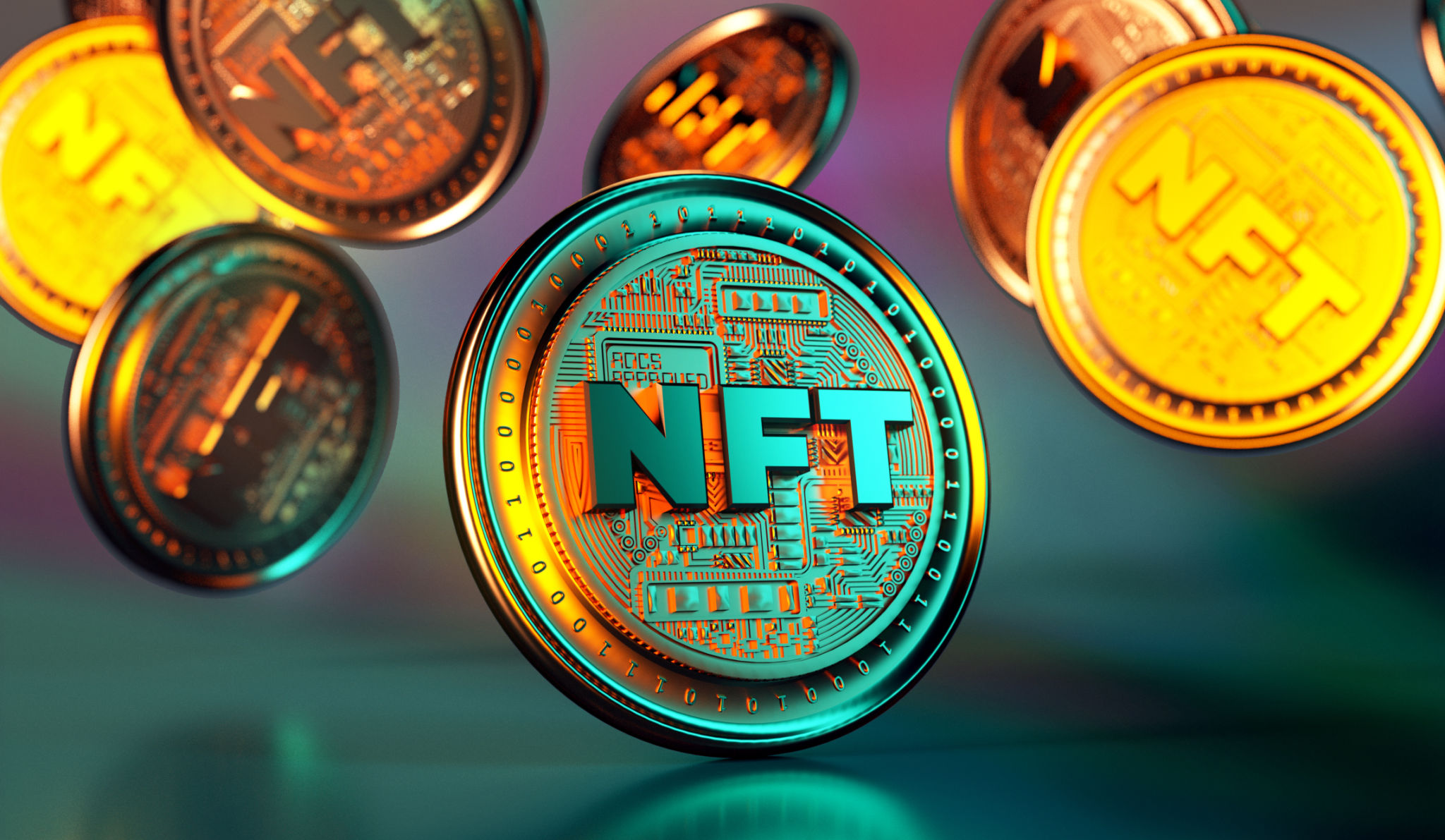Understanding Tokenisation: A Comprehensive Guide for Fintech Enthusiasts
AF
What is Tokenisation?
In the rapidly evolving world of fintech, tokenisation is a term that frequently surfaces. At its core, tokenisation is the process of converting rights to an asset into a digital token. This digital representation can then be used to facilitate transactions and streamline operations within the financial ecosystem. By understanding tokenisation, fintech enthusiasts can appreciate how it enhances security, efficiency, and accessibility in financial services.

The Mechanics of Tokenisation
Tokenisation involves substituting sensitive data with a unique identifier or token. This token has no exploitable value and can be used in place of the original data. The actual data is stored securely in a vault and only the token is used for transactions. This separation ensures that even if tokens are intercepted, they do not compromise sensitive information.
For example, in payment processing, a credit card number can be tokenised so that the actual number is not exposed during transactions. Instead, a token replaces it, offering a layer of security that protects against data breaches.
Benefits of Tokenisation in Fintech
There are numerous advantages to implementing tokenisation in fintech solutions. Firstly, it significantly enhances data security. By removing sensitive information from transactions, the risk of data theft is reduced. Additionally, tokenisation can help companies comply with stringent regulatory requirements by ensuring sensitive data is not unnecessarily exposed.

Another benefit is improved transaction speed. Tokenised assets can be transferred quickly and efficiently across platforms without the need for complex verification processes that often accompany traditional methods. This efficiency can lead to cost savings and improved customer satisfaction.
Types of Tokenisation
There are several types of tokenisation used in fintech, each serving different purposes. One common type is payment tokenisation, which focuses on replacing card details with tokens during transactions. Another type is asset tokenisation, where physical or digital assets are represented as tokens on a blockchain, facilitating easier trading and ownership transfer.

The Role of Blockchain in Tokenisation
Blockchain technology plays a crucial role in the tokenisation process. Its decentralized nature provides a secure and transparent way to manage tokens. Every transaction involving tokens is recorded on the blockchain, ensuring traceability and reducing the chances of fraud.
Furthermore, smart contracts—self-executing contracts with the terms of the agreement directly written into code—can automate processes around tokenised assets, further enhancing efficiency and reliability in transactions.
Challenges and Considerations
While tokenisation offers numerous benefits, it is not without challenges. One major consideration is the need for interoperability. With various systems and standards in place, ensuring that tokenised assets can be easily transferred across different platforms is essential for widespread adoption.

Additionally, as with any technology-driven solution, there are potential risks related to implementation and management. Fintech companies must ensure robust security measures are in place to protect both the tokens and the underlying data.
The Future of Tokenisation
The future of tokenisation looks promising as fintech continues to evolve. With advancements in blockchain technology and growing interest from financial institutions worldwide, tokenisation is set to become a cornerstone of modern financial services. By embracing this technology, fintech enthusiasts can stay ahead of the curve and contribute to a more secure and efficient financial landscape.
